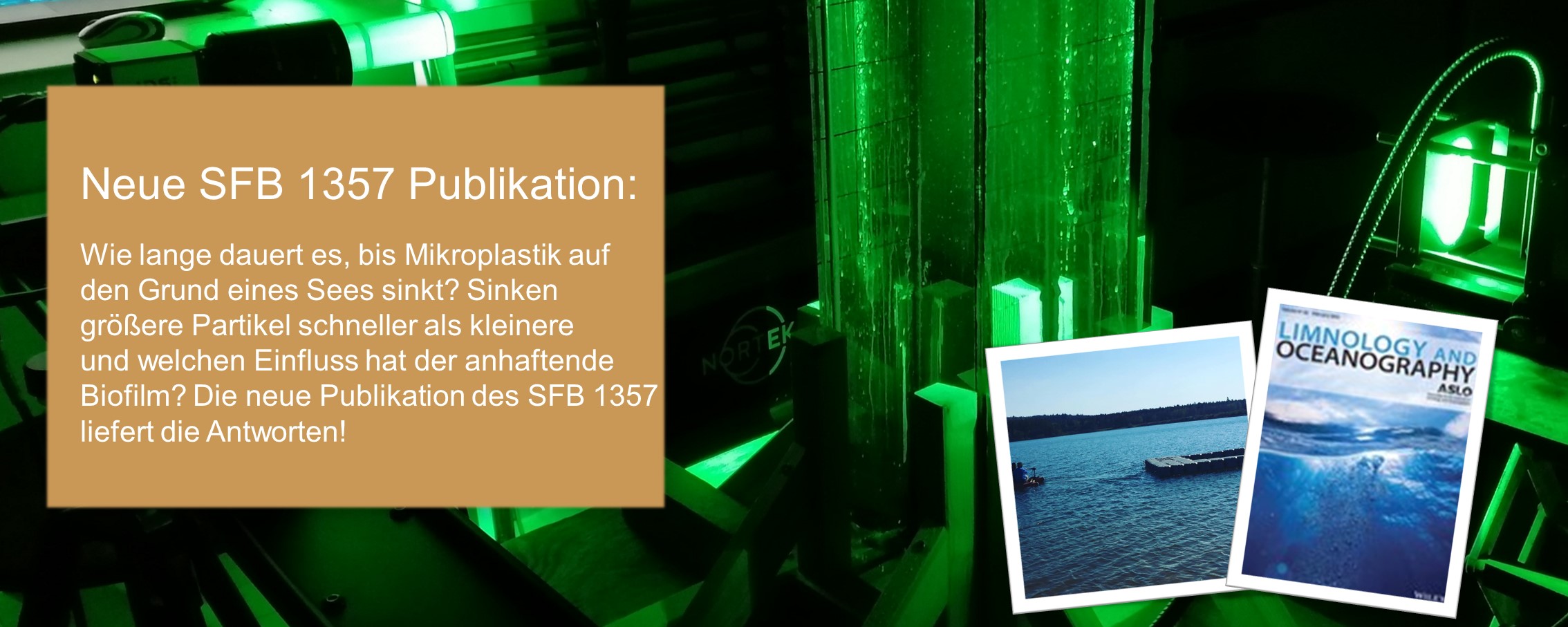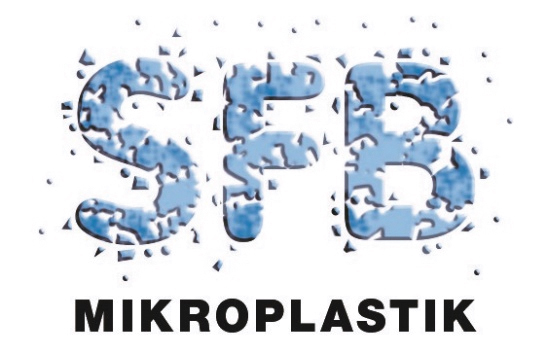News
Neue SFB 1357 Publikation: Elagami (2022) - Measurement of microplastic settling velocities and implications for residence times in thermally stratified lakes
25.02.2022

Herzlichen Glückwunsch an die B02 und C02 Teams, Hassan Elagami, Pouyan Ahmadi, Jan Fleckenstein, Sven Frei, Martin Obst, Seema Agarwal und Benjamin Gilfedder zu ihrer spannenden neuen Publikation in der Zeitschrift Limnology and Oceanography:
"Measurement of microplastic settling velocities and implications for residence times in thermally stratified lakes"
DOI: https://doi.org/10.1002/lno.12046
Abstract: Microplastics residence times in lakes are currently poorly understood. In this work, settling experiments with pristine and biofilm-colonized microplastic particles were combined with model calculations to evaluate settling velocities, particle distributions, and residence times in the epilimnion, metalimnion, and hypolimnion of a hypothetical stratified lake broadly based on Upper Lake Constance. Settling velocities of various biodegradable and nonbiodegradable polymers of various shapes, sizes, and biofilm colonization were measured in a settling column. The settling velocities ranged between ~ 0.30 and ~ 50 mm s−1. Particle sizes and polymer densities were identified as primary controls on settling rates. Microplastic particles that had been exposed to a lake environment for up to 30 weeks were colonized by a range of biofilms and associated extracellular polymeric substances; surprisingly, however, the settling velocity did not vary significantly between pristine and colonized microplastic particles. Simulated microplastic residence times in the model lake varied over a wide range of time scales (10−1 to 105 d) and depended mainly on the size of the particles and depth of the lake layer. Long residence times on the order of 105 d (for 1-μm microplastic particles) imply that for small microplastic particles there is a high probability that they will be taken up at some stage by lake organisms. As the lake retention time (~ 4.5 years) is considerably shorter than the residence time of small microplastics, negligible quantities of these microplastic particles should be found in the lake sediment unless some other process increases their settling velocity.

